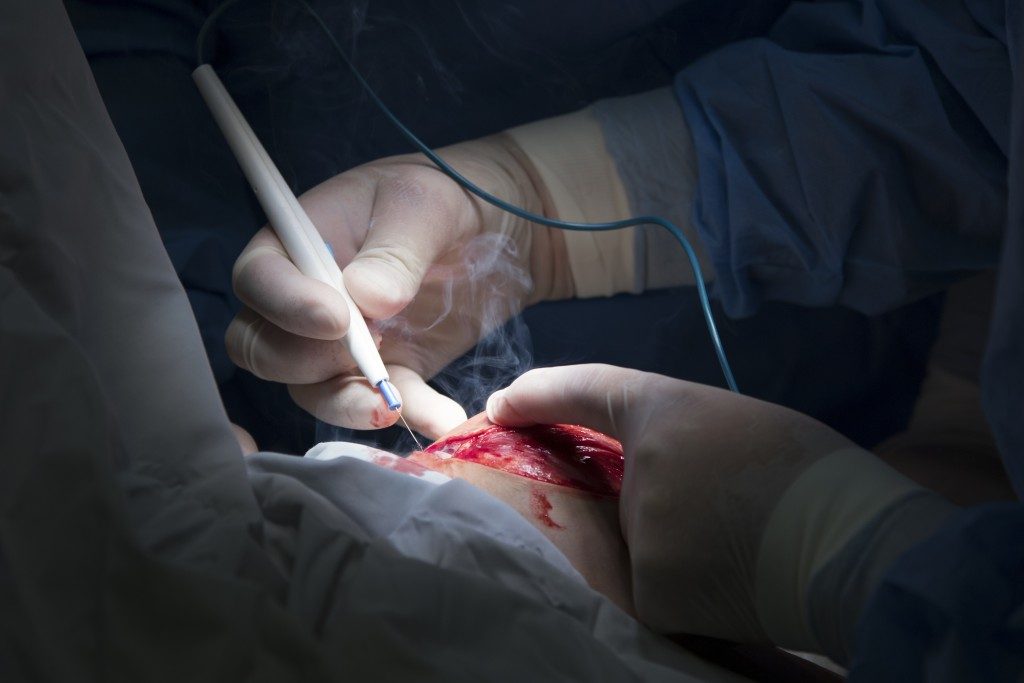Innovative medical devices of superior quality offer health professionals the advantage of providing better services. In electrosurgery, the availability of high-performance tools and equipment can minimise the duration of surgical procedures and offer clients a better prognosis.
Electrosurgery is one of the most commonly used techniques, with various applications such as in therapeutic endoscopy, eye surgery, dental pulpotomy, laparoscopy, as well as in dermatological procedures.
A specialised instrument that utilises a high-frequency electrical current separates the procedure from other surgical methods. An alternating current with a frequency between 100 kilohertz and 5 megahertz as well as a voltage of 200–10,000 Volts is produced by the electrosurgical generator and utilised by a handpiece wielded by a licensed surgeon.
The effects on tissue differ with the waveform produced by the unit. Modern electrosurgical units can produce various waveforms. The purpose of using either a monopoly or bipolar electrical source is to effectively cut, shrink, dissect, or fulgurate (destroy small areas using diathermy), as well as to affect tissue desiccation and coagulation. Only a trained surgeon should perform electrosurgery.
Monopolar electrosurgery versus bipolar electrosurgery
In order to make the right choice of equipment, it is important for the surgeon to fully understand the difference between two types of electrosurgery, namely monopolar and bipolar. In monopolar electrosurgery, the electric circuit is completed when the current passes from the probe through the patient, and to a return pad.
The surgeon places the pencil instrument on the site, while the return electrode or dispersive pad is attached to the body of the patient lying down on the operating table. It is the most commonly used procedure with ample evidence for its efficacy and safety.
Meanwhile, in a bipolar procedure, the current passes between the two tips of the electrode and through tissue. Only the arms of the forceps electron and the tissue in between are subjected to the electric current.
The latter requires less energy because the electrodes can only manage small areas. Typically, an electrosurgical generator connects to the forceps.
When is bipolar electrosurgery the choice procedure?

Bipolar procedures are not indicated for large bleeds and cuts. The main advantage of bipolar electrosurgery is the minimal risk for burns or damage to other tissue give the current is more targeted. The risk for a misfire or short-circuit is not significant.
It is relatively safe for patients with implanted devices. Burns or damage to other areas are a real danger for monopolar electrosurgery. In addition, it offers an advantage when the procedure entails coagulation in a wet field.
For certain applications, surgeons make the most of the advantage of non-stick bipolar forceps in soft tissue surgery. These are coated with black insulation in contrast to standard bipolar instruments that come with a yellow or blue coating.
The silver is also coating not the tips prevent coagulation hot spots keeping tissue from sticking together. They produce less smoke and do not require cleaning during the procedure.
Electrosurgical procedures have helped change lives and restore people to good health. Continued development of precision tools and reliable electrosurgical units bode well for patients who are benefiting from positive surgical outcomes.
